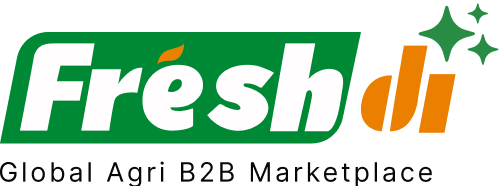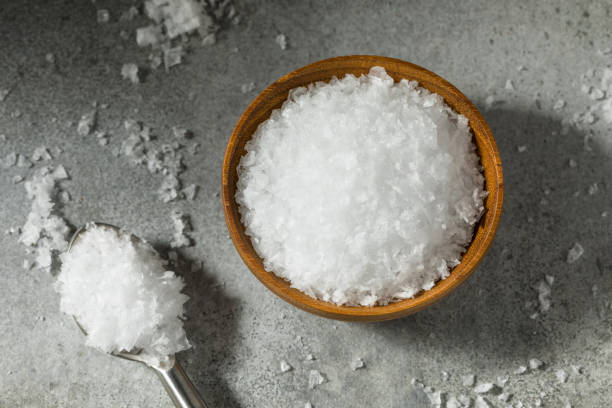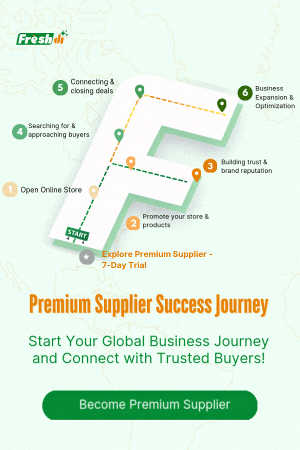Introduction – Current State of Play: The Salt Sector in Vietnam
Vietnam’s salt industry is currently undergoing a significant transformation. What’s behind this shakeup? A mix of fresh government policies, climate factors, new trade opportunities, and rising global demand has set the scene for a major overhaul of how salt is produced, processed, and traded in the country. For businesses relying on Vietnam’s salt—whether for food production, pharmaceuticals, or industrial applications—these changes demand attention and swift action.
In 2025, several developments have made headlines, from a sharp uptick in demand due to regional droughts reducing global supply, to Vietnam’s own strategic efforts to modernize its salt production. The government has been proactive, launching new initiatives to upgrade infrastructure and attract investment. The industry is also seeing a potential boom in agritourism, combining salt farming with tourism, a creative twist that could redefine how Vietnamese salt is marketed globally.
For global buyers, importers, and distributors, this signals a clear message: adapt quickly or risk falling behind. In such a dynamic environment, platforms like Freshdi are becoming essential. They offer real-time supplier verification, RFQ trend updates, and market intelligence—tools that are now more vital than ever.
Deep Dive – Market Movers: Recent Developments and Consequences
From Fragmented Fields to Future-Ready Farms
Historically, Vietnam has enjoyed a natural advantage in salt production thanks to its 3,200 km coastline and sunny climate. But here’s the catch—most salt farms are small-scale and rely on traditional techniques, making it tough to maintain quality and scale. Between 2017 and 2023, the total area used for salt production dropped from 13,160 hectares to just around 11,000 hectares. That’s a pretty steep decline, especially for a country with so much natural potential.
Government Steps In
Recognizing the need for change, the Vietnamese government rolled out a comprehensive plan for 2021–2025, focusing on:
- Upgrading salt production infrastructure
- Introducing industrial and tech-based methods
- Developing strong brand identity for Vietnamese salt
- Attracting domestic and international investors
The goal? To not only boost output but also improve the quality and global competitiveness of Vietnam’s salt.
Investment Highlights
In April 2024, several local and international companies announced plans to invest in salt processing in Bac Lieu province. The move was welcomed by provincial authorities, who pledged to support investors and help elevate the region’s marine economy.
Adding more buzz, Bac Lieu hosted the first-ever Vietnam Salt Industry Festival in December 2024. It was a colorful celebration of the country’s salt heritage, complete with trade fairs, cultural showcases, and investment forums.
Challenges Still Loom
Despite the optimism, there are hurdles. Imported salt continues to pose stiff competition. Many local producers still lack access to modern tech. Experts stress the need for:
- Product diversification
- Technology upgrades
- Smarter marketing strategies
This is a make-or-break moment for Vietnam’s salt industry—and the businesses that depend on it.
Top 7 Verified Salt Suppliers in Vietnam – Adapting to Today’s Market
When sourcing salt in 2025, it’s not just about finding suppliers—it’s about finding the right ones. Verified, export-ready, and agile suppliers are leading the way. With insights from Freshdi, here are the top 7 salt suppliers in Vietnam this quarter:
1. G&G CONCEPT CO., LTD
Known for their high-quality food products, including baby cucumbers preserved in salt, G&G Concept is a reliable B2B supplier for food-grade salt applications. Their consistency in exports and customer reviews makes them a top-tier choice.
2. SUNRISE FOOD DISTRIBUTION COMPANY LIMITED
This supplier is making waves with innovative products like salted lemon tea—a testament to Vietnam’s evolving salt product diversity. They’ve received high marks on Freshdi for product originality and supplier responsiveness.
3. Huynh Gia Agri JSC
Blending the snack and seasoning markets, Huynh Gia Agri offers salted cashew nuts with impressive packaging and export standards. They’re known for reliability and rapid fulfillment.
4. GOOD SOLUTIONS COMPANY LIMITED
Offering a range of condiments like pork-flavored seasoning salt, this supplier caters to both retail and bulk orders. Their adaptability is key in today’s shifting market.
5. CONG TY TNHH SAN XUAT THUONG MAI DICH VU THIEN THIEN FOOD
A champion of traditional Vietnamese spice blends, including red lemon pepper salt. Their products are preservative-free and appeal to health-conscious markets.
6. VIHABA CO., LTD
More than just a pepper powerhouse, VIHABA also offers salt and spice combos. Their packaging and quality control meet high export standards, making them a trusted name.
7. PRODUCT SOURCE JOINT STOCK COMPANY
Here’s a different angle—medical-grade salt products. This supplier serves the healthcare sector with saline rinse solutions, showing the versatility of salt beyond food.
Dynamic Ranking Note
It’s worth noting that platforms like Freshdi frequently update their supplier rankings based on real-time data like RFQ volume, delivery performance, and buyer ratings. Be sure to check their “Suppliers of the Month” or “Top Performers This Quarter” features for the latest insights.
Market Navigation – Strategic Responses to The Prevailing Salt Landscape in Vietnam
Okay, so what should businesses actually do with all this info?
Opportunities Are Growing—But So Are The Stakes
The Vietnamese government’s push for modernization opens the door for international partnerships. If you’re a buyer or distributor, now’s the time to secure contracts with suppliers who are upgrading their technology and infrastructure.
Sourcing Strategy Adjustments
Due to rising competition from imports, local suppliers are more open to custom deals and long-term contracts. That’s something savvy buyers can leverage.
Also, watch closely for regional advantages. Bac Lieu province, for instance, is attracting fresh funding and could soon become a premium salt hub.
Product Diversification
There’s a growing trend toward value-added salt products—think flavored salts, salt-based health items, and even salt used in cosmetics. If your business can tap into these niches, you’ll stay ahead of the curve.
In short? Look beyond basic salt. The future is in innovation.
Conclusion – Key Takeaways for Businesses in a Dynamic Market
Vietnam’s salt industry in Q3 2025 is far from business as usual. With government support, new investor interest, and evolving supplier capabilities, the landscape is shifting fast.
For buyers and distributors, the key takeaways are:
- Stay current: Market dynamics are rapidly evolving—what was true last quarter might not be true today.
- Partner wisely: Work with verified, export-ready suppliers actively adapting to change.
- Diversify products: Explore niche opportunities like flavored, medical, and processed salt.
- Use platforms like Freshdi: These tools offer buyer reviews, RFQ trends, and real-time supplier performance data.
The businesses that act now and build resilient strategies will be the ones leading the pack tomorrow.
Checklist for Salt Buyers in 2025
- ✅ Verify supplier certifications and export history
- ✅ Consider regional developments (e.g., Bac Lieu investments)
- ✅ Look for suppliers offering value-added or niche salt products
- ✅ Stay aligned with government policy updates
- ✅ Use Freshdi for up-to-date supplier rankings and RFQ insights
Future Outlook
Looking ahead, Vietnam’s salt industry seems poised for more innovation and global integration. The push toward industrialization, combined with efforts to promote salt tourism and branding, means we’ll likely see more premium Vietnamese salt products on international shelves soon.
For businesses, this is more than a trend—it’s an opportunity.
How Freshdi Empowers Salt Buyers
Freshdi isn’t just a marketplace—it’s a decision-making hub. Here’s how it helps:
- Real-time RFQ tracking
- Verified supplier profiles
- Buyer feedback and ratings
- Insights on trending salt products
- Dynamic rankings updated quarterly
If you’re sourcing salt from Vietnam, Freshdi is your go-to digital compass.
FAQs
1. Why is Vietnamese salt gaining attention in 2025?
Because of government modernization efforts, global supply shortages, and a sharp focus on quality improvement and innovation.
2. What are the main challenges for salt buyers in Vietnam?
Inconsistent quality, competition from imports, and fragmented production remain concerns—but many suppliers are rapidly evolving.
3. Is it safe to rely on regional suppliers like Bac Lieu?
Yes, especially now that Bac Lieu is receiving major investments and policy support, making it a hotspot for high-quality salt.
4. What types of salt products are trending?
Flavored salts, medical-grade salt, and salt-based snacks are gaining traction in both domestic and international markets.
5. How can I keep up with supplier performance?
Use Freshdi’s supplier ranking tools and RFQ trends to stay updated and informed.
References
- Vietstock – Salt Industry Needs New Strategies
- VietnamNet – April Business News
- VietnamNet – Salt Festival Highlight
- Freshdi – Salt Supplier Listings


